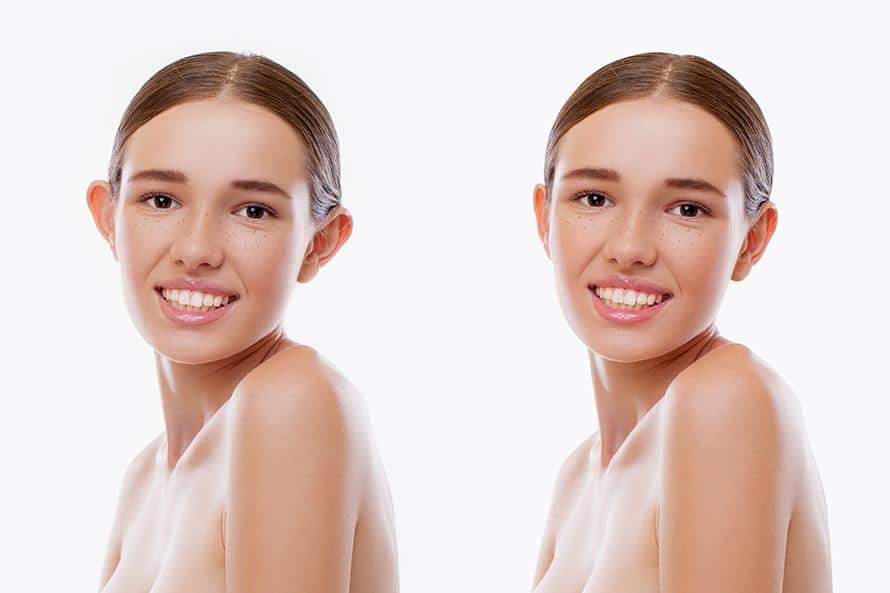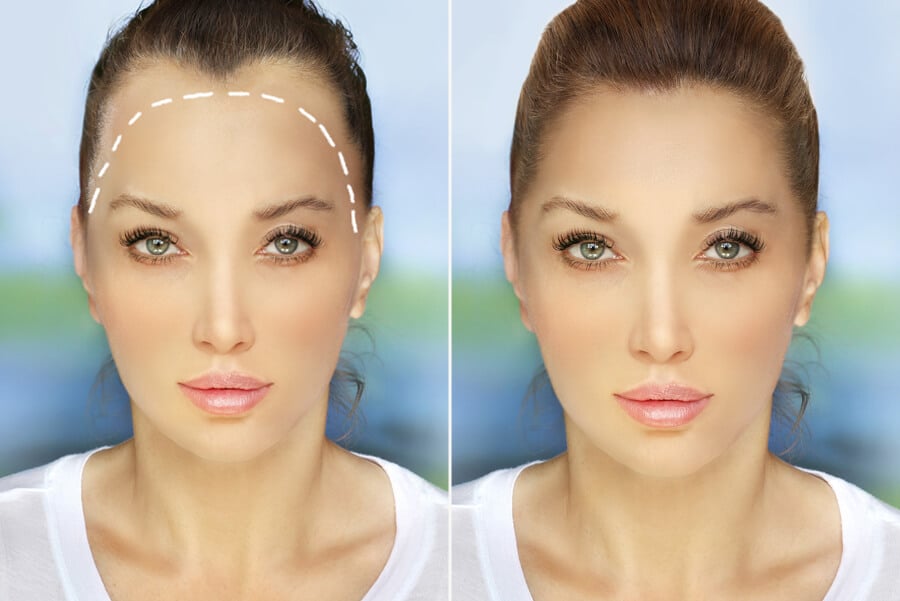Botox, a powerful treatment for reducing the appearance of wrinkles and fine lines, has become a cornerstone in cosmetic medicine. Beyond its aesthetic applications, it offers therapeutic benefits for various medical conditions, demonstrating its versatility. This post delves into what Botox is, how it works, and the range of uses that have made it a popular choice among individuals seeking both beauty enhancements and relief from certain health issues. With an emphasis on safety and efficacy, we’ll explore why Botox continues to be a go-to solution for those aiming to maintain their youthful appearance or manage specific medical concerns.
Exploring Injectable Aesthetics Beyond Botox
Alternative Injectables
Injectable aesthetics have evolved. Dysport and Xeomin are notable mentions. These options cater to diverse aesthetic needs.
Dysport, similar to Botox, smoothens wrinkles effectively. It’s known for its quick action and longevity. Xeomin stands out as it lacks complex proteins found in other injectables. This means a reduced chance of developing resistance over time.
Varied Benefits
Exploring beyond Botox brings tailored benefits. Each product has unique properties suited for specific concerns.
- Dysport spreads more than Botox. This makes it ideal for larger areas needing treatment.
- Xeomin is pure, reducing the body’s immune response against it. It’s perfect for long-term use.
Understanding these differences can guide towards the best choice for individual aging signs.
Targeting Aging Signs
Different injectables target aging uniquely. Knowing their strengths helps achieve desired outcomes efficiently.
For instance:
- Dysport excels in treating forehead lines due to its spreading ability.
- Xeomin is preferred for frown lines because of its purity and effectiveness after repeated use.
Choosing the right injectable depends on the area treated and previous treatments’ success or failure.
Dermal Fillers for Timeless Beauty
Filler Types
Dermal fillers offer a versatile approach to combating the signs of aging. Two popular types are Hyaluronic Acid (HA) and Calcium Hydroxylapatite (CaHA).
HA fillers, like Juvederm and Restylane, attract water molecules. This hydration effect helps in smoothing wrinkles and adding volume. CaHA fillers, such as Radiesse, provide a dual action. They immediately add volume and stimulate collagen production over time.
Both types have their unique benefits. HA is known for its natural feel and ability to dissolve easily if needed. CaHA offers longer-lasting results due to collagen stimulation.
Target Areas
Fillers can rejuvenate multiple areas of the face by restoring lost volume.
Common treatment areas include:
- Cheeks
- Lips
- Nasolabial folds
- Under eyes
These targeted applications help in achieving a more youthful appearance by reducing sagging skin and filling deep lines.
Longevity Comparison
The longevity of dermal filler results varies but generally lasts longer than neuromodulators like Botox.
Most HA fillers last between 6 to 18 months depending on the area treated and product used. CaHA fillers can last up to 12 months or more because they encourage natural collagen production.
Neuromodulators typically require touch-ups every 3 to 4 months. Thus, while both treatments address signs of aging, dermal fillers often provide a longer-lasting solution for facial rejuvenation.

The Evolution of Injectable Aesthetics
Historical Milestones
Injectable aesthetics have come a long way since their inception. Initially, these treatments were limited and not widely accepted. Over time, significant milestones marked the evolution of this field. For instance, the discovery and refinement of Botox in the late 20th century revolutionized how we approach aging and appearance.
The journey began with simple collagen injections to improve skin texture. Then came Botox, targeting lines and wrinkles by relaxing muscles. This breakthrough opened doors to new possibilities in non-surgical cosmetic procedures.
Advancements Made
Technological advancements have significantly improved injectables’ safety, effectiveness, and variety. Today’s products offer more natural results by enhancing volume or smoothing out lines without surgery. Injection techniques have also evolved.
Practitioners now use ultra-fine needles for minimal discomfort during procedures. They better understand facial anatomy for precise application, ensuring optimal outcomes with fewer risks.
Growing Popularity
The demand for non-surgical cosmetic treatments has soared in recent years. People appreciate the convenience of achieving noticeable improvements without downtime or extensive recovery periods associated with surgical options.
- Injectables are quick.
- They often provide immediate results.
- Maintenance is simpler compared to surgeries.
This trend reflects a broader shift towards minimally invasive methods to maintain youthfulness and enhance appearance without going under the knife.
The Art of Neuromodulators and Aesthetics
Mechanism Action
Neuromodulators work by temporarily blocking nerve signals. This relaxes muscles and reduces wrinkles. They target specific areas for a smoother appearance.
The treatment’s success lies in understanding facial anatomy. Professionals identify the right muscles to treat. This ensures effective results without affecting natural expressions.
Customized Plans
Every face is unique, needing a tailored approach. Specialists create personalized plans for each client.
These plans consider individual features and desired outcomes. They aim to enhance facial balance, not alter it completely. The goal is subtle enhancement that maintains the person’s natural beauty.
Precision Results
Achieving natural-looking results requires precision. It’s about finding the perfect dose and placement of injections.
Professionals use their expertise to ensure treatments are precise. This avoids overdone looks, keeping changes subtle yet impactful.
Redefining Dental Aesthetics with Botox
Dental Conditions
Botox has found a significant place in dental care. It’s not just for wrinkles anymore. Dentists are now using it to treat TMJ disorders. This condition can cause jaw pain, headaches, and difficulty chewing.
Botox injections help by relaxing the muscles around the jaw. This reduces pain and improves function. Many patients see great results after treatment.
Smile Enhancement
A beautiful smile is more than just straight teeth. It’s about balance and harmony too. Botox can enhance smile aesthetics dramatically.
Dentists use botox to adjust the lip position slightly. This can reveal less gum and create a more pleasing smile. The results are often subtle but make a big difference in how people feel about their smiles.
Comprehensive Care
Integrating botox into dental care plans is becoming common practice.
- Medical benefits: Beyond aesthetics, botox offers relief from certain medical conditions related to dental health.
- Personalized treatments: Each patient receives a tailored plan that may include botox alongside traditional dental procedures.
This holistic approach ensures that all aspects of oral health are considered.
The Consultation Process for Personalized Treatment
Patient Goals
Understanding the patient’s goals is crucial. It sets the foundation for a successful treatment plan. During the consultation, practitioners listen closely to what individuals hope to achieve with Botox treatments.
They discuss desired outcomes and how they align with realistic possibilities. This step ensures both practitioner and client are on the same page before proceeding.
Medical History
A detailed medical history is gathered next. This includes any past procedures, allergies, or health conditions that could affect treatment outcomes.
Facial analysis plays a key role here. It helps in crafting personalized strategies that cater specifically to each client’s needs and facial structure.
Realistic Expectations
Setting realistic expectations is an essential part of the consultation phase. Clients must understand what Botox can and cannot do.
- Pros:
- Reduces appearance of wrinkles
- Non-invasive with minimal downtime
- Cons:
- Results are temporary
- Potential for minor side effects
Clinics emphasize these points to ensure clients have a clear understanding before making a decision.
Post-Treatment Tips for Injectable Aesthetics
Immediate Aftercare
After receiving Botox or other injectable treatments, proper aftercare is crucial. To minimize bruising and swelling, follow these steps:
- Avoid touching the treated area for at least 24 hours.
- Stay upright for four hours post-treatment. This helps the Botox settle properly.
- Apply a cold compress to reduce swelling.
These actions help in quick recovery and prevent complications.
Long-term care ensures lasting results from your treatment. Here are tips to extend the effects:
- Use sunscreen daily. UV exposure can break down collagen faster.
- Maintain a healthy lifestyle with a balanced diet and regular exercise.
By following these guidelines, you can enjoy your aesthetic improvements longer.
Follow-Up Signs
It’s important to know when to seek further advice from your practitioner. Look out for these signs:
- Excessive swelling or bruising that doesn’t improve within a week.
- Any allergic reactions like rashes or itching around the treatment area.
If you notice any of these issues, contact your practitioner immediately.
Responsible Aesthetics and Wellbeing
Safety First
Safety should always be the top priority in aesthetic medicine. Choosing a reputable aesthetics clinic is crucial. These clinics prioritize care, ensuring procedures are performed safely. They also inform patients about potential risks.
Professionals in these clinics have extensive training. They know how to administer treatments like botox correctly. This reduces the chance of complications.
Informed Decisions
Making an informed decision is key when considering aesthetic treatments. Understand the benefits and risks involved. Here’s a simple list to guide you:
- Pros: reduction in ageing signs, improved self-confidence
- Cons: potential side effects, unrealistic expectations
Research thoroughly before deciding on any treatment.
Mental Health Balance
Balancing aesthetic desires with mental health is vital. Unrealistic expectations can harm one’s mental wellbeing.
A good approach involves discussing your goals with professionals at the aesthetics clinic. They can help set realistic expectations for your journey towards self-improvement.
Choosing responsible aesthetics not only enhances physical appearance but also promotes overall wellbeing.
Final Remarks
The exploration of injectable aesthetics, from the traditional Botox to the latest in dermal fillers and neuromodulators, reveals a dynamic field committed to enhancing beauty and confidence. The evolution of these treatments underscores the industry’s dedication to innovation, safety, and personalized care. As individuals seek to redefine their appearance, it’s imperative they consult with professionals who prioritize well-being alongside aesthetic goals. This ensures treatments not only meet personal expectations but also maintain health standards.
Responsible aesthetics is more than just achieving a desired look; it’s about making informed decisions that benefit overall wellness. For those considering embarking on this journey, it’s crucial to engage in thorough consultations and follow expert post-treatment advice. The future of injectable aesthetics promises exciting developments for those aiming to preserve their timeless beauty responsibly. To learn more or to schedule a consultation, reach out to a certified aesthetics professional today.
Frequently Asked Questions
What is Botox and how does it work in aesthetics?
Botox is a neuromodulator used in aesthetic treatments to temporarily relax facial muscles, reducing the appearance of wrinkles and fine lines for a smoother skin texture.
Can Botox be used for purposes other than wrinkle reduction?
Yes, beyond wrinkle reduction, Botox has applications in redefining dental aesthetics by alleviating issues like gummy smiles and TMJ disorders.
How do dermal fillers differ from Botox?
Dermal fillers are injectables that add volume and structure to facial features, unlike Botox which relaxes muscles. Fillers are often used to enhance lips, cheeks, and correct deep folds.
What should I expect during a consultation for injectable aesthetics?
During the consultation, your practitioner will assess your aesthetic goals and medical history to create a personalized treatment plan ensuring safety and effectiveness.
Are there any specific post-treatment tips following injectable aesthetic procedures?
Post-treatment care involves avoiding strenuous exercise for 24 hours, not rubbing treated areas to prevent spreading the product, and staying hydrated for optimal results.
How have injectable aesthetics evolved over time?
The field of injectable aesthetics has advanced with more precise techniques and diverse products catering to individual needs for natural-looking enhancements while prioritizing patient safety.
Why is responsible practice important in aesthetic treatments?
Responsible practices ensure treatments are performed safely under professional guidance. It emphasizes well-being by aligning treatment outcomes with patients’ health conditions and expectations.










